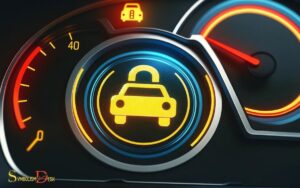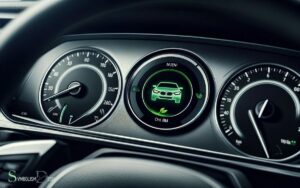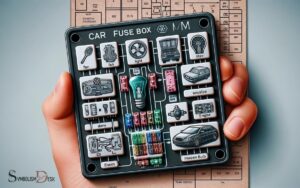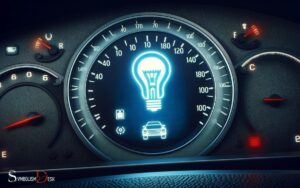Flashing Lock and Car Symbol Car Wont Start: Anti-Theft!
If your car displays a flashing lock and car symbol and won’t start, it indicates an issue with the vehicle’s anti-theft system.
This system, often called an immobilizer, is designed to prevent the car from being started without the correct key or fob.
When the symbol flashes, it usually means the car does not recognize the key or there is a malfunction within the immobilizer system, preventing the engine from starting.
The anti-theft system uses a transponder chip in the key or fob, which sends a unique signal to the car’s immobilizer. The car will only start if it receives the correct signal.
Several reasons could cause the flashing lock and car symbol:
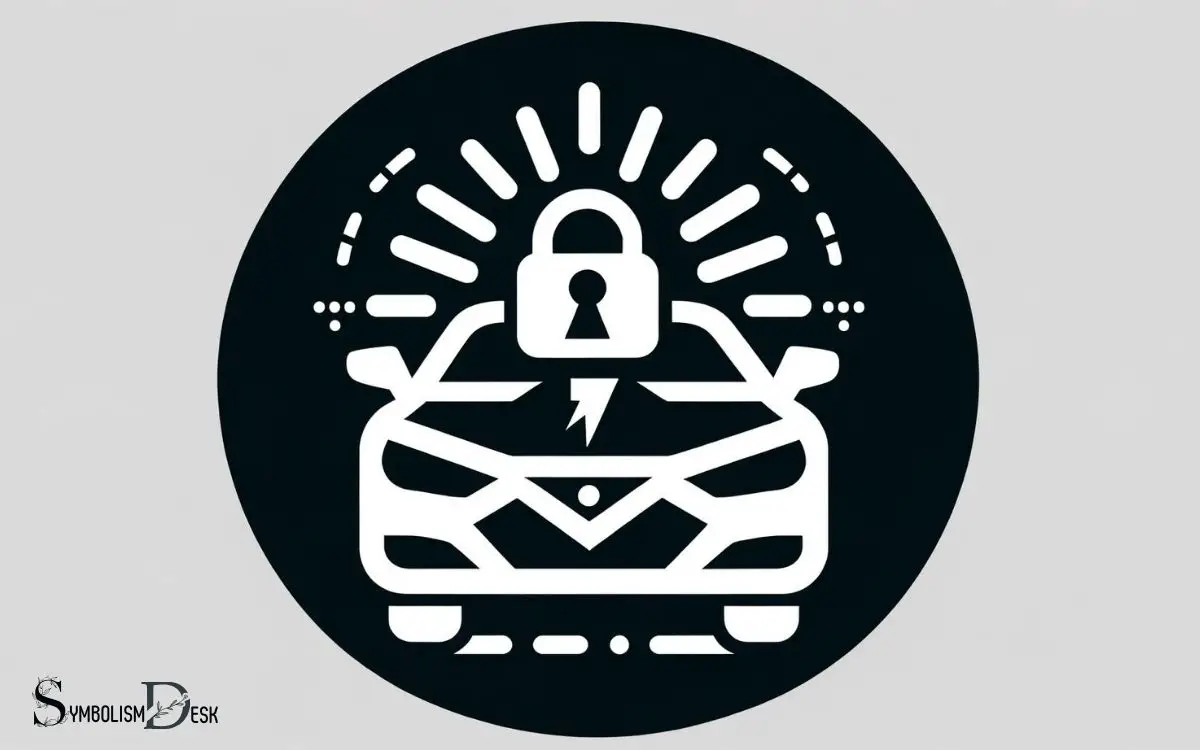
Key Takeaway
Understanding the Dashboard Symbols
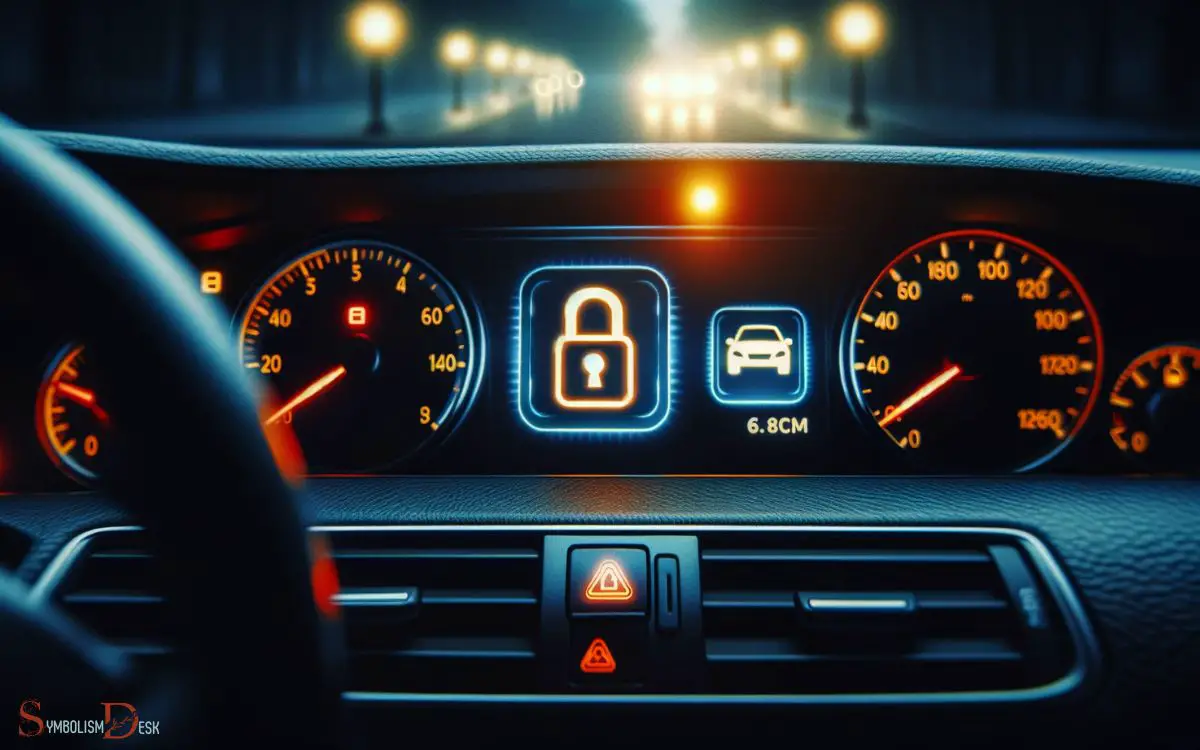
You can understand the dashboard symbols by referring to the owner’s manual for your specific car model.
The symbols on the dashboard are designed to convey important information about the car’s status and any potential issues.
Each symbol has a specific meaning, and understanding them can help in identifying and addressing problems with the vehicle.
It is essential to familiarize yourself with the symbols to ensure that you can respond appropriately to any alerts or warnings that may appear.
By consulting the owner’s manual, you can gain insight into the various dashboard symbols and their significance, enabling you to effectively interpret and respond to the information they convey.
Possible Causes of the Issue
The flashing lock and car symbol on the dashboard not starting can be caused by a range of issues, including electrical malfunctions and security system errors. If you are experiencing the Mazda 6 car symbol flashing on your dashboard, it may be indicative of an issue with the car’s immobilizer system or a malfunction in the key fob. It is recommended to have the vehicle diagnosed by a professional mechanic to determine the exact cause of the flashing symbol and ensure the vehicle’s security system is functioning properly.

Possible causes of this issue may include:
- Faulty ignition switch: A malfunctioning ignition switch can prevent the car from starting, leading to the flashing lock and car symbol on the dashboard.
- Dead car battery: A depleted or faulty car battery can cause electrical issues, resulting in the dashboard symbols flashing and the car failing to start.
- Security system fault: An error in the car’s security system, such as a faulty immobilizer or key fob issue, can trigger the flashing symbols and prevent the car from starting.
Checking the Battery and Connections
When diagnosing a flashing lock and car symbol with a car that won’t start, it’s crucial to begin by checking the battery and connections.
This involves testing the battery voltage to ensure it meets the required level for starting the vehicle, and inspecting the terminal connections for any signs of corrosion or looseness.
These initial steps are fundamental in determining if the issue lies within the battery or its connections, and can guide further troubleshooting efforts.

Test Battery Voltage
To determine the condition of the battery and its connections, testing the battery voltage is essential.
Here are three key steps to effectively test the battery voltage:
- Use a digital multimeter to measure the voltage across the battery terminals.
- Ensure the vehicle is turned off and all accessories are disconnected to get an accurate reading.
- A healthy battery should read around 12.6 volts. Anything below 12 volts indicates a low or discharged battery.
Testing the battery voltage helps identify if the battery is the root cause of the car not starting. This assessment provides crucial information for troubleshooting the issue effectively. Upon confirming the battery voltage, the next step is to inspect terminal connections.
Inspect Terminal Connections
Inspecting the terminal connections is crucial to ensuring the integrity of the battery and its connections. Start by visually examining the battery terminals for any signs of corrosion or loose connections.
Use a wrench to ensure that the terminals are tightly secured to the battery posts. Additionally, inspect the battery cables for any signs of damage or wear, and ensure they are securely connected to the terminals.
It’s essential to check both the positive and negative terminals, ensuring there is no excessive buildup of corrosion that could impede the flow of electricity.
By verifying the integrity of the terminal connections, one can eliminate potential issues stemming from poor electrical contact. This will pave the way for a comprehensive examination of the ignition system.
Examining the Ignition System
The ignition system is a critical component of a vehicle’s starting process. Understanding its basics, common problems, and troubleshooting techniques is essential for resolving issues related to starting the car.
By examining the ignition system, one can pinpoint potential malfunctions and take the necessary steps to address them.
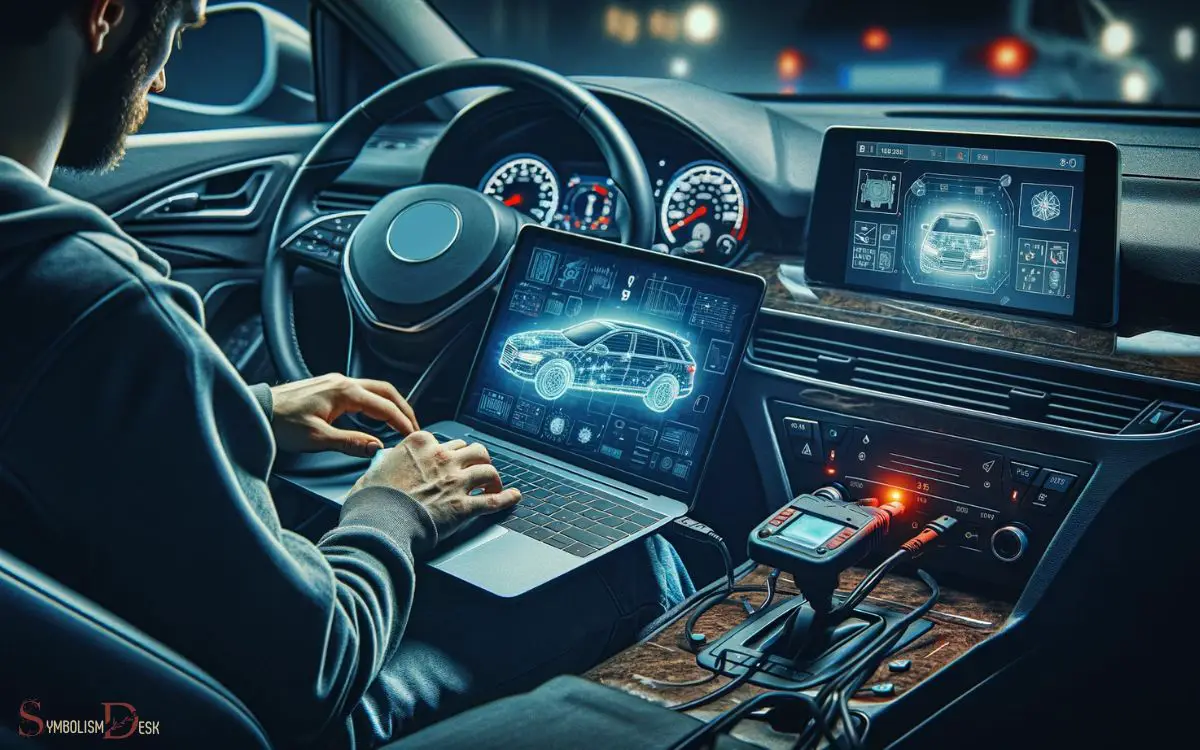
Ignition System Basics
One essential component of a vehicle’s operation is its ignition system, which is responsible for initiating the engine’s combustion process.
The ignition system consists of several key components that work together to ignite the fuel-air mixture in the engine’s cylinders. These components include the ignition coil, spark plugs, ignition switch, and the control module.
Here’s a brief overview of these components:
- Ignition coil: Converts low voltage from the battery into thousands of volts, which are needed to create a spark.
- Spark plugs: Deliver the spark that ignites the air-fuel mixture in the engine’s cylinders.
- Ignition switch: Initiates the starting process by sending an electrical signal to the starter solenoid.
Understanding the function of these components is crucial for diagnosing ignition system issues.
Common Ignition Problems
Examining the ignition system reveals common problems that can impede a vehicle’s starting process and overall performance. One frequent issue is a faulty ignition switch, which can cause intermittent starting problems or even prevent the car from starting at all.
Another common problem is a worn-out ignition coil, leading to misfiring, rough idling, and difficulty starting the vehicle.
Additionally, a failing ignition control module can result in stalling, rough running, or a no-start condition.
Faulty spark plugs or ignition wires are also typical culprits, causing poor fuel economy, engine misfires, and difficulty starting the car.
Understanding these common ignition system issues is crucial for maintaining a vehicle’s optimal performance and reliability.
Regular inspection and maintenance of the ignition system can prevent these problems and ensure smooth vehicle operation.
Troubleshooting Ignition Issues
When troubleshooting ignition issues, it is essential to thoroughly examine the ignition system for potential faults and malfunctions.
The ignition system is a crucial component of the vehicle’s operation, and issues within this system can lead to starting and performance problems.
To effectively troubleshoot ignition issues, it is important to consider the following:
- Check the ignition switch for signs of wear or damage.
- Inspect the spark plugs for fouling, wear, or improper gap settings.
- Test the ignition coil for proper functioning and electrical continuity.
These steps will help pinpoint potential issues within the ignition system, allowing for targeted repairs or replacements to be made.
By examining each of these components, a more accurate diagnosis can be achieved, leading to a more efficient resolution of the ignition issues.
Addressing the Immobilizer System
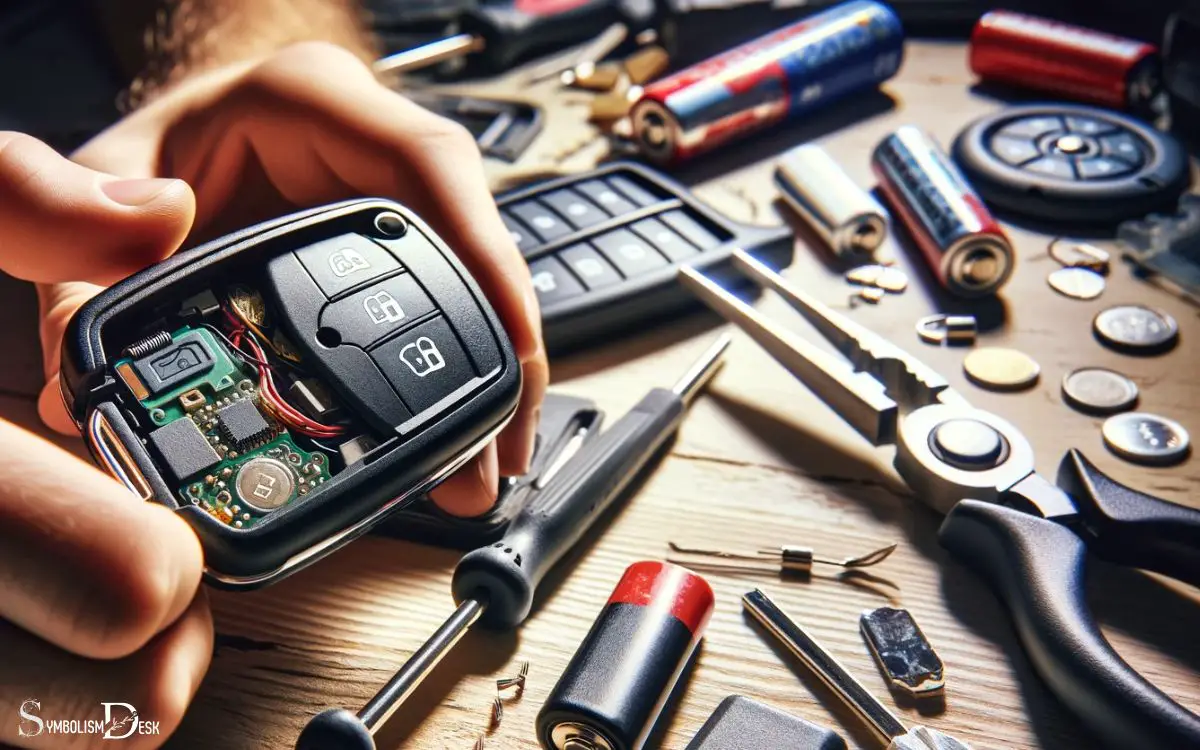
The immobilizer system is a crucial component in preventing unauthorized access to a vehicle’s engine. It consists of a transponder chip in the key fob, a receiver in the ignition system, and an engine control unit (ECU).
When the key is inserted into the ignition, the transponder chip sends a unique code to the receiver. If the code matches the one programmed into the ECU, the engine is allowed to start.
If there is an issue with the immobilizer system, such as a faulty key fob or a malfunctioning receiver, the engine may not start, and the car’s security indicator may flash.
In such cases, it is important to address the immobilizer system to ensure proper functioning and security. This leads to exploring key fob and remote issues.
Exploring Key Fob and Remote Issues
Key fob and remote malfunctions can prevent a car from starting and may cause the security indicator to flash.

When troubleshooting key fob and remote issues, consider the following:
- Battery Status: Check if the key fob battery is low or needs replacement, as this can cause communication errors with the car’s immobilizer system.
- Programming: Ensure that the key fob is properly programmed to the vehicle, as reprogramming may be necessary if the connection is disrupted.
- Interference: External factors such as radio frequency interference or electronic devices in close proximity to the car can affect the key fob’s signal transmission.
Understanding these key fob and remote issues can help diagnose and resolve car starting problems. If these steps do not resolve the issue, seeking professional assistance may be necessary.
Seeking Professional Assistance

Professional intervention may be necessary to diagnose and resolve persistent car starting issues related to key fob and remote malfunctions.
Certified automotive technicians possess the expertise and specialized diagnostic equipment to accurately identify the root cause of the problem.
They can conduct thorough inspections to assess the condition of the key fob, remote, and the vehicle’s electronic systems.
Additionally, they have the knowledge to reprogram or replace malfunctioning components as needed. Seeking professional assistance ensures that the underlying issues are addressed effectively, preventing potential safety hazards and further damage to the vehicle.
Once the specific problems are identified and resolved, the technicians can also provide guidance on preventing future occurrences.
Preventing Future Occurrences
To minimize future occurrences of car starting issues, vigilance is essential in maintaining the integrity of electronic components and key fob functionality.

Here are three crucial steps to prevent similar problems in the future:
- Regularly check the battery of the key fob to ensure it has sufficient power.
- Keep electronic components clean and dry to prevent corrosion and malfunction.
- Follow the manufacturer’s guidelines for key fob and vehicle battery replacement to avoid unexpected failures.
Conclusion
After investigating the flashing lock and car symbol issue, it became evident that several factors could be contributing to the car not starting.
The theory that the problem is related to the immobilizer system seems plausible, but further examination is needed to confirm this.
Seeking professional assistance is advised to accurately diagnose and address the issue, preventing future occurrences and ensuring the car’s reliability.

